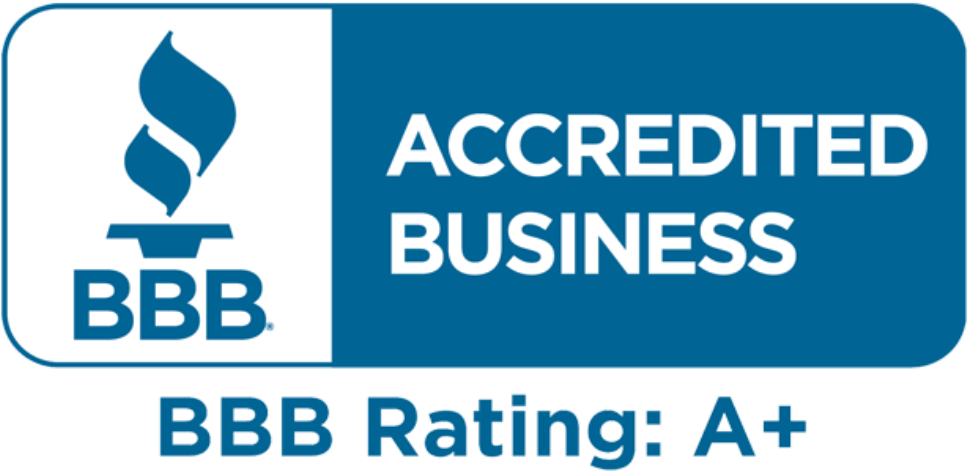FAFSA Opens on October 1
The Free Application for Federal Student Aid (FAFSA) for the 2023-2024 school year opens on October 1, 2022. Here are some things you should know.
Why file it?
The FAFSA is a prerequisite for federal student loans, grants, and work-study. In addition, colleges typically require the FAFSA before distributing their own need-based aid and, in some cases, merit-based aid. The few hours it might take to complete the form may be time well spent in order for students to be eligible for these aid opportunities.
How do I file it?
The best way to submit the FAFSA is online at studentaid.gov. If you haven't filed the FAFSA before, both you and your child need to create an FSA ID (you can use the same FSA ID for all years of college). Students must file the FAFSA each year, though returning college students can file a renewal FAFSA, which should take less time.
How does the FAFSA calculate financial need?
Financial need is determined by looking at a family's income, assets, and household information. In general, here's how the calculation works: (1) parent income is counted up to 47% (income equals adjusted gross income plus untaxed income/benefits minus certain deductions); (2) student income is counted at 50% over a certain amount; (3) parent assets are counted at 5.6% (home equity, retirement assets, cash value life insurance, and annuities are excluded); and (4) student assets are counted at 20%.(1)
In this calculation, a family's income is the most important factor. But the FAFSA doesn't consider your current income. Instead, it considers your income from two years prior, which it gets from your tax return. For example, the FAFSA for the 2023-2024 year will rely on income information from your 2021 tax return. For your assets, the FAFSA wants the current value of your assets as of the day you fill out the form.
What happens after I submit the FAFSA?
The FAFSA calculates your expected family contribution, or EFC. The cost of a particular college minus your EFC equals your child's demonstrated financial need. Colleges will use your EFC to craft an aid package that attempts to meet your child's financial need (they are not obligated to meet all of it).
Changes are coming.
More changes are coming to the 2024-2025 FAFSA, a year later than originally planned. Key modifications include (1) a change in terminology from "expected family contribution" or EFC to "student aid index" or SAI; (2) parents with multiple children in college at the same time will no longer receive a discount in the form of a reduced EFC; (3) income protection allowances for both parents and students will be increased; and (4) cash support to students and other types of income will no longer have to be reported on the FAFSA, including funds from a grandparent-owned 529 plan.
(1) U.S. Department of Education, 2022
All Securities Through Money Concepts Capital Corp., Member FINRA / SIPC
11440 North Jog Road, Palm Beach Gardens, FL 33418 Phone: 561.472.2000
Copyright 2010 Money Concepts International Inc.
Investments are not FDIC or NCUA Insured
May Lose Value - No Bank or Credit Union Guarantee
This communication is strictly intended for individuals residing in the state(s) of MI. No offers may be made or accepted from any resident outside the specific states referenced.
Prepared by Broadridge Advisor Solutions Copyright 2020.












